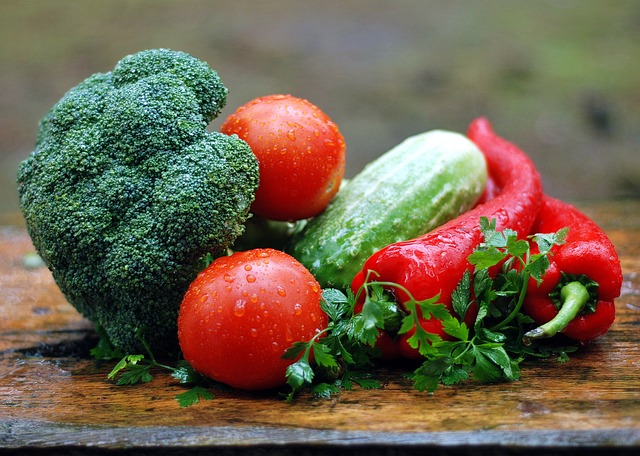The Rise of Vertical Farming: Addressing Urbanization Challenges in Food Production
Vertical farming is proving to be an increasingly popular solution to the growing food demands of urban environments. By utilizing vertical space to grow crops indoors, this innovative method allows for year-round production without being hindered by traditional farming limitations such as weather conditions or land availability.
The ability to control factors such as temperature, light, and water usage in vertical farms not only ensures consistent crop yields but also minimizes the use of pesticides and herbicides. This results in healthier produce that is not only environmentally sustainable but also allows for a shorter supply chain, reducing transportation costs and carbon emissions.
Vertical farming maximizes the use of limited urban space by growing crops upwards
Year-round production allows for consistent crop yields regardless of weather conditions
Controlled factors such as temperature and light result in healthier produce with minimal pesticide usage
Shorter supply chain reduces transportation costs and carbon emissions
The Evolution of Vertical Farming Technology
Vertical farming technology has undergone significant advancements in recent years, transforming the way we produce food in urban environments. One of the key developments is the integration of automation and artificial intelligence into vertical farming systems. This has enabled more efficient monitoring and control of indoor farming conditions, leading to higher crop yields and better resource utilization.
Additionally, the adoption of aeroponic and hydroponic systems has revolutionized vertical farming by eliminating the need for soil. These soilless growing techniques allow plants to receive nutrients directly through water, resulting in faster growth rates and increased productivity. The integration of LED lighting systems tailored to different plant growth stages has further optimized energy consumption and accelerated plant growth in vertical farming setups.
Benefits of Vertical Farming in Urban Environments
Vertical farming in urban environments offers a multitude of benefits. By utilizing vertical space, these farms can produce a high volume of crops in a small footprint, making efficient use of limited land resources in urban areas. This not only helps in meeting the growing food demands of a densely populated city but also reduces the need to transport produce over long distances, decreasing carbon emissions and promoting sustainability.
Moreover, vertical farming allows for year-round cultivation, independent of weather conditions. By controlling factors such as temperature, light, and humidity, crops can be grown consistently throughout the year, ensuring a stable food supply for urban populations. Additionally, vertical farming practices typically use less water than traditional farming methods, making it a more water-efficient and environmentally friendly option for food production in urban settings.
What is vertical farming?
Vertical farming is a method of growing crops in vertically stacked layers or structures, often in controlled environments like indoor buildings or skyscrapers.
How does vertical farming benefit urban environments?
Vertical farming allows for increased food production in limited urban spaces, reduces the need for transportation of produce from rural areas, and minimizes the environmental impact of traditional farming practices.
What are some of the key advantages of vertical farming technology?
Some advantages of vertical farming technology include year-round crop production, precise control over growing conditions, efficient water usage, and reduced dependency on pesticides and herbicides.
How does vertical farming contribute to food security in urban areas?
Vertical farming can help ensure a more stable and reliable food supply in urban areas by providing locally grown produce that is not subject to disruptions in transportation or weather conditions.
Are there any challenges associated with implementing vertical farming in urban environments?
Some challenges of vertical farming in urban environments include high initial investment costs, energy consumption for artificial lighting and climate control, and the need for skilled personnel to manage the technology.







